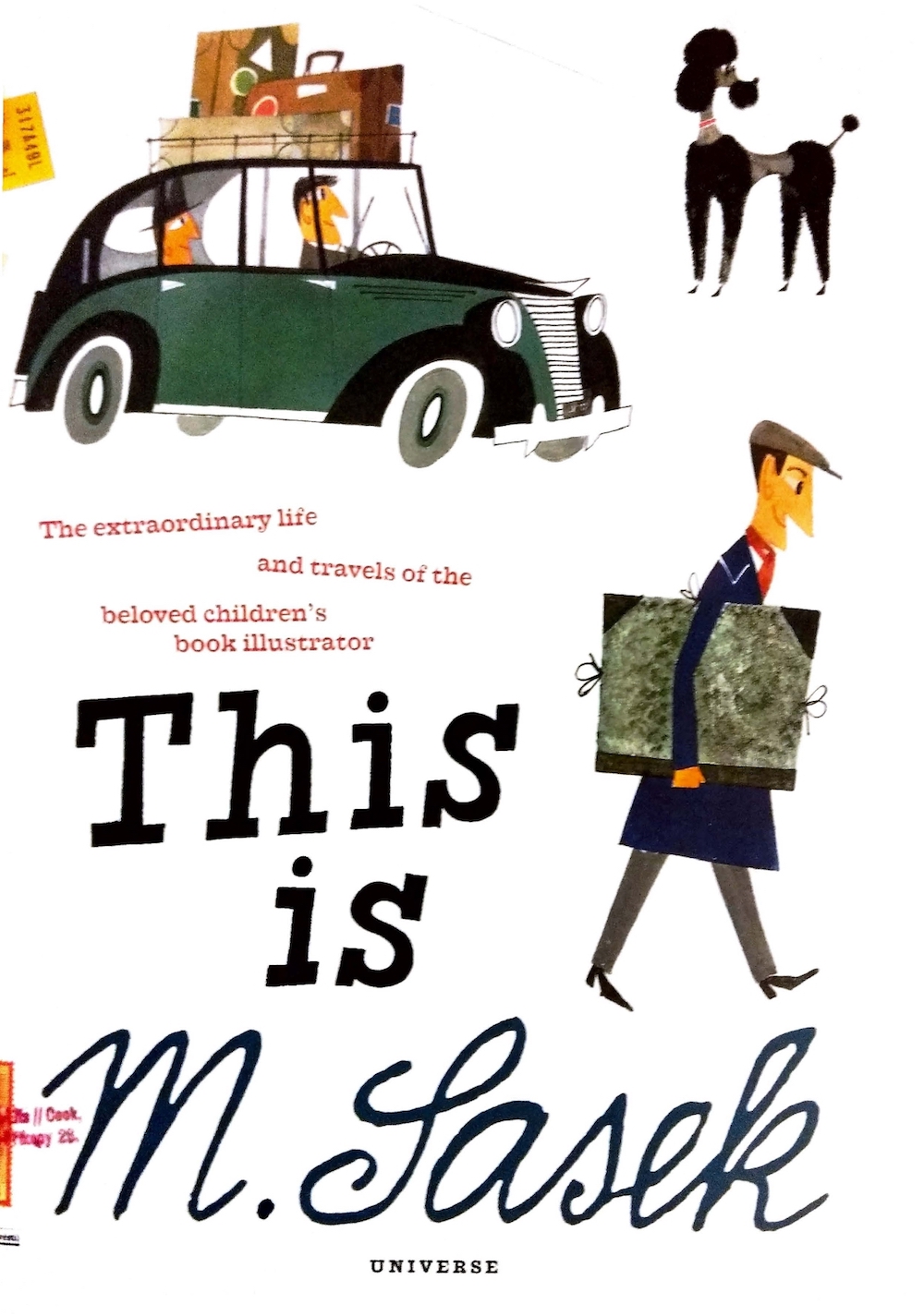Peter Mullan’s last film, the award-winning The Magdalene Sisters, was about vulnerable young women suffering oppression and brutality at the hands of some over-zealous nuns. In NEDS he presents sarcasm, cynicism and the oft-wielded strap as the chief weapons of Scottish educators – at least in the state school sector. These men are not monsters – they’ve simply grown weary of the procession of thugs, insubordinates and Neds (Non-Educated Delinquents) passing through their classrooms.
The setting is Glasgow in the early 70s, a period in which utilitarian concrete and T. Rex are more in evidence than the stylings of Charles Rennie Mackintosh. John McGill (Gregg Forrest) leaves his junior school top of the class and with high hopes. His optimism is short-lived when local thug Canta (Gary Milligan) delivers a starkly worded warning about the kind of rough treatment he can expect from his new classmates.
Revenge is swift: John’s big brother is local hoodlum Benny (Joe Szula). In a chilling scene, he watches from his bedroom window as Canta gets his punishment, before signalling that he’s seen enough. It’s a foretaste of the ruthlessness we’ll see from the older John (played by Connor McCarron) as his tough “education” progresses.
The kid who was mocked for scoring 100 per cent in an exam grows into a bright teenager, who nurtures ambitions to go to university. But his home life is blighted by the nightly spectacle of his drunken dad (played by writer/director Mullan) raging at his mum. When a middle-class pal’s snobbish mother tells John to stay away, it’s as though a line has been drawn under any prospect of a happy and productive future. John succumbs to the embrace of gang culture, which initially offers him the respect and acceptance of his peers.
Mullan’s film doesn’t follow the familiar trajectory of a hoodlum who rises to the top of heap, breaking heads and hearts along the way. From the outset it’s clear that John is very much his own man, outstripping his contemporaries both in intellect and physical prowess. For all their bravado, the other gang members seem distant and insignificant as John observes them from the splendid isolation of a tower block.
Stripped to the waist and with knives strapped to both hands, McCarron is frighteningly convincing in the film’s most visceral scenes.
McCarron, who had never acted before, gives a brave, intelligent and utterly believable performance as a young man whose survival instincts are finely tuned from an early age. We watch him graduate from the smiling boy who politely questions authority in the classroom, to a surly youth who goads a teacher into beating him. It’s not long before John is the one doling out vicious beatings, as he maims Canta with a paving stone and mercilessly lays into his father.
There’s a hint of Travis Bickle in an early shot of the young John modelling his brother’s leather coat in the mirror. This is pretty benign stuff compared with the Taxi Driver-style orgy of violence that climaxes John’s reign of terror. Stripped to the waist and with knives strapped to both hands, McCarron is frighteningly convincing in the film’s most visceral scenes.
I just wish Mullan had resisted the urge to revisit Bad Lieutenant’s queasy combination of Catholic guilt and hallucinogenic visions of a crucified Christ. Hungry, high as a kite and crashed out in a churchyard under a crucifix, John has an out of body encounter with Jesus that is (presumably) supposed to reveal his inner torment. I just found it embarrassing to watch and at odds with the gritty realism of the rest of the film. The addition of bland 70s pop stars The New Seekers trilling “You Won’t Find Another Fool Like Me” didn’t help either.
NEDS is much stronger on mood and action than it is on exposition. Mullan and cinematographer Roman Osin convey the excitement and the panic of the frequent skirmishes and bursts of unexpected violence that take place in school bathrooms, on the streets and in the grimy environs of Glasgow’s housing estates. The darkest corners of all seem to be in the McGill house, where threats and ultimatums take the place of dialogue.
It’s a tribute to Mullan and his largely untested cast, that they bring such energy, dark humour and even humanity to what sounds like a relentlessly grim tale. The story ends not within the walls of some institution, but with two deeply scarred teenagers walking through a safari park. Is Mullan being hopeful, whimsical or just wilfully obscure?
(Review also published @Sound on Sight)









